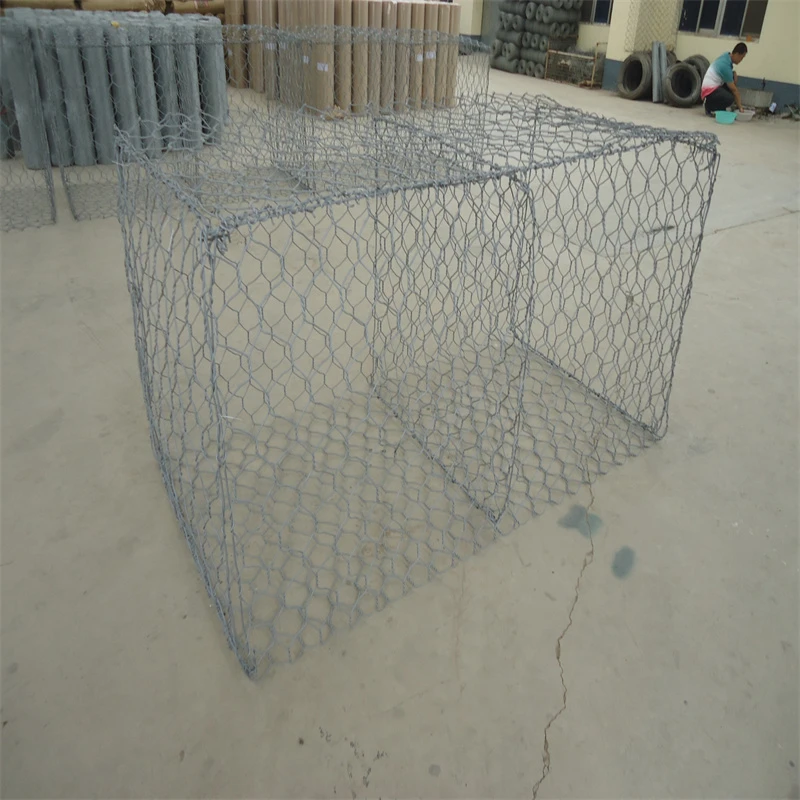Dec . 14, 2024 12:20 Back to list
Innovative Gabion Structures for Sustainable Architecture and Design Solutions
The Best Gabion Architecture A Harmonious Blend of Nature and Design
Gabion architecture has emerged as a revolutionary approach to construction, blending artistry with functionality. Originating from the Italian word gabbione, meaning big cage, gabions are wire mesh containers filled with rocks, concrete, or other materials. Over the years, this sustainable architectural technique has gained popularity due to its aesthetic appeal, versatility, and environmental benefits. In this article, we explore the best gabion architecture, showcasing its diverse applications and advantages in modern construction.
Historical Context
Gabions have been used for centuries, primarily in military applications for fortifications. They provided protection against projectiles and flooding. However, over time, architects and designers have recognized that they can be utilized to create stunning and durable structures. From retaining walls to decorative features, gabion architecture has evolved into a sophisticated form of building, blending seamlessly with environmental landscapes.
Aesthetic Appeal
One of the most compelling aspects of gabion architecture is its visual appeal. The natural stones and rocks used to fill the gabions can be sourced locally, providing a rustic and organic look that harmonizes with the surrounding environment. This approach allows for a unique interplay of textures, colors, and shapes, making each structure distinct and personal.
Architects have embraced gabions to design various structures, including residential homes, bridges, parks, and even public art installations. The use of transparent or semi-transparent mesh allows for a dynamic interplay between light and shadow, creating an ever-changing canvas that reflects the time of day and the surrounding nature. This adaptability is one of gabion architecture's most appealing features, allowing it to blend into both urban and rural landscapes.
Environmental Benefits
Gabion structures are not only visually pleasing but also environmentally friendly. The use of natural materials helps to reduce the ecological footprint of building projects. Gabions can be engineered to prevent soil erosion, protect coastlines, and even manage stormwater runoff. By allowing water to percolate through the rocks, they promote natural drainage and reduce the risk of waterlogging in surrounding areas.
Furthermore, gabions can contribute to biodiversity. When incorporated into landscaping projects, they can provide habitats for various plant and animal species. The spaces between the stones can be filled with soil, allowing for vegetation to thrive, enhancing the green space and overall ecosystem.
best gabion architecture

Versatility in Design
Gabion architecture is incredibly versatile, suitable for a myriad of applications. Retaining walls made of gabions offer both structural integrity and visual interest, often replacing traditional concrete barriers. They can be used to create terraces on slopes or stabilize riverbanks, demonstrating their functionality in civil engineering.
In residential design, gabion fences and walls can serve as both privacy barriers and decorative elements. Homeowners can customize these structures by selecting different types of stones or designing them to incorporate seating or planters. Gabion firepits and outdoor kitchens have also become increasingly popular, blurring the lines between indoor and outdoor living.
In public spaces, gabions can be transformed into seating areas, sculptures, or garden beds, providing an opportunity for community interaction. The possibilities are endless, limited only by the imagination of the designer.
Challenges and Considerations
Despite the numerous advantages, gabion architecture does come with its challenges. The quality of materials used, the choice of wire mesh, and the precision of construction are vital for the longevity and stability of gabion structures. Maintenance can also be a concern, particularly in urban environments where pollution can affect the appearance of the stones.
Moreover, while the use of local materials is advantageous, it is essential to ensure that extraction does not disrupt local ecosystems. Therefore, responsible sourcing and consideration of environmental impacts are crucial.
Conclusion
In conclusion, gabion architecture represents a harmonious blend of nature and design, proving to be one of the best techniques in modern construction. With its aesthetic appeal, environmental benefits, and versatility, gabions are paving the way for innovative solutions in architecture and landscape design. As this trend continues to gain momentum, we can expect to see a growing number of gabion structures that not only meet practical needs but also celebrate the beauty of nature in the built environment. Embracing gabion architecture is not just a choice; it is a step toward a more sustainable and visually captivating future.
-
Understanding Load-Bearing Capacity of Gabion Boxes
NewsJul.17,2025
-
The Importance of Corrosion-Resistant Wire in Gabion Construction
NewsJul.17,2025
-
How Gabion Boxes Prevent Soil Erosion Effectively
NewsJul.17,2025
-
Environmental Benefits of Gabion Cages
NewsJul.17,2025
-
Best Stone Types for Gabion Walls with Steps
NewsJul.17,2025
-
Benefits of Using Rock Gabion Baskets in Landscaping
NewsJul.17,2025
-
The Role of Galvanized Gabion Mesh in Riverbank Protection
NewsJun.26,2025






